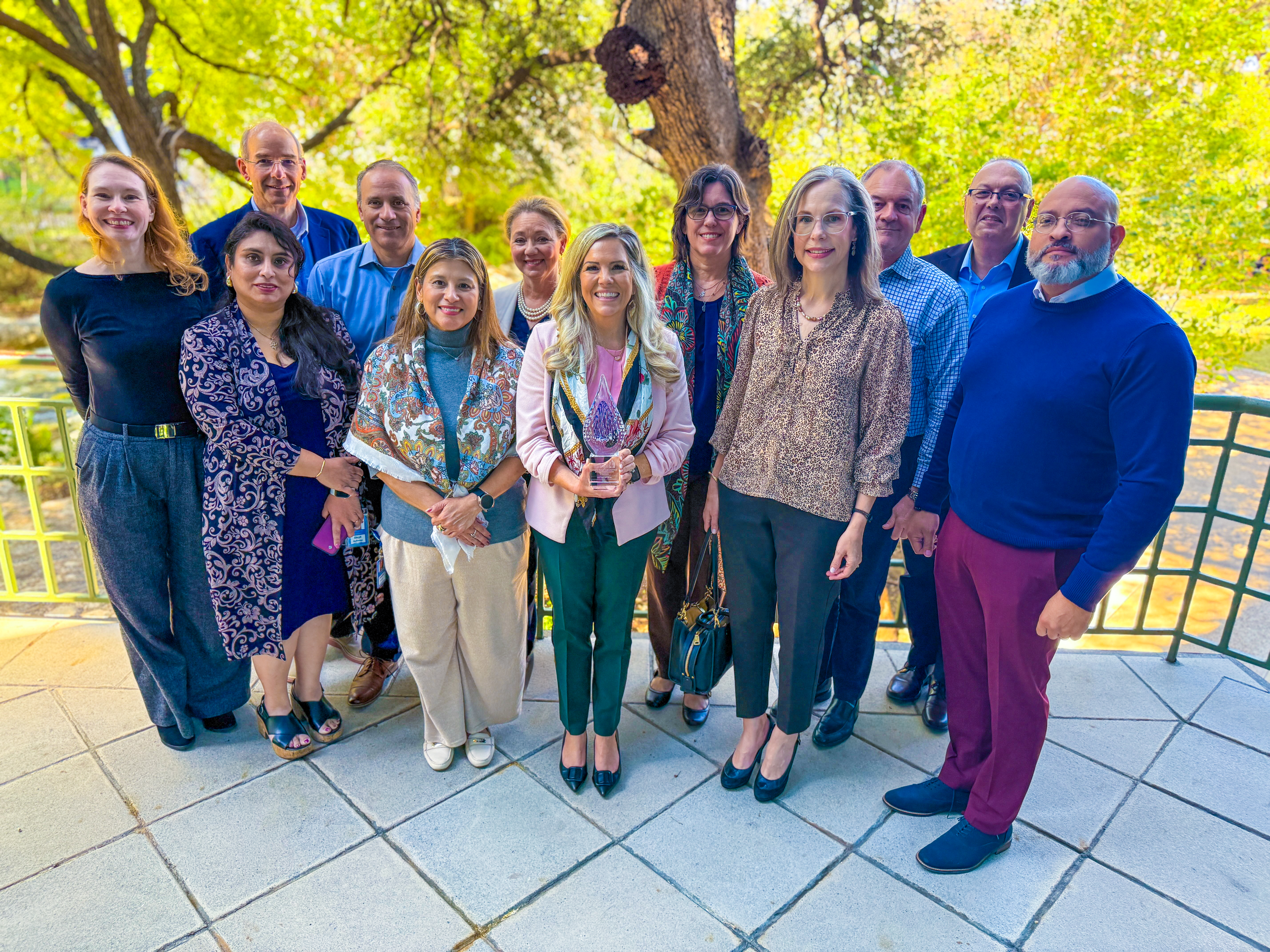Cassava Technologies 2025 Sustainability Report: Innovating with a blueprint for a sustainable future – Liquid Intelligent Technologies

Cassava Technologies 2025 Sustainability Report: A Framework for Advancing Sustainable Development Goals
Introduction and Strategic Overview
The 2025 Sustainability Report from Cassava Technologies outlines the company’s performance and steadfast commitment to integrating sustainability into its core business operations. Building upon the foundations of previous reports, this edition details progress under the “One Cassava” strategy, which aligns the company’s diverse capabilities to deliver digital solutions. This strategic approach is designed to foster profitable, sustainable growth and directly contributes to several key United Nations Sustainable Development Goals (SDGs).
The report’s scope encompasses the performance of its primary subsidiaries, including Liquid Intelligent Technologies, Africa Data Centres, and Sasai Fintech. Data collection and reporting adhere to international frameworks, notably the Global Reporting Initiative (GRI), ensuring transparency and accountability.
The “One Cassava” Strategy: Driving Progress on Global Goals
The “One Cassava” strategy unifies the organization’s people and processes toward a singular purpose: creating a sustainable and inclusive future through technology. This approach directly supports the achievement of the following SDGs:
- SDG 8: Decent Work and Economic Growth – By empowering businesses with innovative digital tools, Cassava fosters economic vitality and resilience.
- SDG 9: Industry, Innovation, and Infrastructure – The company’s core mission involves building and expanding the digital infrastructure essential for modern economies and innovation.
- SDG 10: Reduced Inequalities – By focusing on an inclusive future, the strategy aims to bridge digital divides and ensure equitable access to technology.
Alignment with Sustainability Pillars and the SDGs
Cassava’s Environmental, Social, and Governance (ESG) initiatives are structured around four key sustainability pillars. Each pillar is intrinsically linked to specific SDGs, providing a clear roadmap for the company’s impact.
-
Live Responsibly
This pillar addresses the commitment to environmental stewardship and planetary health for future generations. It is central to achieving key environmental SDGs.
- SDG 7: Affordable and Clean Energy – A critical focus, particularly for energy-intensive operations at Africa Data Centres.
- SDG 12: Responsible Consumption and Production – Guiding efforts to manage resources efficiently across all operations.
- SDG 13: Climate Action – Underpinning all initiatives aimed at protecting and preserving the environment.
-
Learn Continuously
This pillar focuses on ensuring the health, safety, and well-being of all stakeholders while building workforce resilience through continuous development.
- SDG 3: Good Health and Well-being – Prioritizing the physical and mental health of the workforce.
- SDG 4: Quality Education – Promoting a culture of continuous learning and professional growth.
- SDG 8: Decent Work and Economic Growth – Fostering a safe, secure, and resilient work environment.
-
Listen Attentively
This pillar emphasizes meeting customer needs, generating positive social impact, and protecting human rights throughout the value chain.
- SDG 10: Reduced Inequalities – Actively working to create positive social outcomes and inclusive opportunities.
- SDG 16: Peace, Justice, and Strong Institutions – Demonstrating an unwavering commitment to protecting human rights.
- SDG 17: Partnerships for the Goals – Engaging with customers and stakeholders to collaboratively address societal needs.
-
Lead Impactfully
This pillar reflects the commitment to conducting business ethically, responsibly, and with strong governance structures.
- SDG 16: Peace, Justice, and Strong Institutions – Upholding the highest standards of corporate governance and ethical conduct.
- SDG 8: Decent Work and Economic Growth – Ensuring that business growth is managed responsibly and ethically for long-term, sustainable impact.
Analysis of SDGs in Cassava Technologies’ Report
1. Relevant Sustainable Development Goals (SDGs)
- SDG 3: Good Health and Well-being: The article mentions the company’s pillar “Learn continuously,” which includes efforts to ensure “stakeholder health, safety, and workforce resilience and well-being.” This directly connects to ensuring healthy lives and promoting well-being.
- SDG 8: Decent Work and Economic Growth: The “Learn continuously” pillar’s focus on “workforce resilience and well-being” and “health, safety” aligns with promoting sustained, inclusive economic growth and decent work. Furthermore, the company’s mission to “empower businesses to thrive” contributes to economic growth.
- SDG 9: Industry, Innovation, and Infrastructure: As a “global technology leader,” Cassava Technologies’ core business of delivering “innovative digital solutions” directly supports building resilient infrastructure, promoting inclusive and sustainable industrialization, and fostering innovation.
- SDG 10: Reduced Inequalities: The company’s strategy aims for an “inclusive future” and its “Listen attentively” pillar focuses on driving “positive social impact,” which are central tenets of reducing inequality.
- SDG 12: Responsible Consumption and Production: The entire premise of the sustainability report and the pillar “Live responsibly” (“How we protect and preserve our planet”) points to this goal. The article explicitly states the company’s adherence to “international sustainability reporting standards, such as the Global Reporting Initiative,” which is a key component of ensuring sustainable consumption and production patterns.
- SDG 13: Climate Action: The pillar “Live responsibly” and its goal to “protect and preserve our planet for future generations” directly addresses the need to take urgent action to combat climate change and its impacts.
- SDG 16: Peace, Justice and Strong Institutions: The pillar “Lead impactfully” highlights a “commitment to doing business responsibly and ethically.” The article also emphasizes “strong governance standards” and a culture of “shared responsibility and accountability,” which are fundamental to building effective, accountable, and inclusive institutions. The mention of “protecting human rights” under the “Listen attentively” pillar also aligns with this goal.
2. Specific Targets
- Target 8.8: Protect labour rights and promote safe and secure working environments for all workers. This is directly identified in the article’s description of the “Learn continuously” pillar, which focuses on “stakeholder health, safety, and workforce resilience and well-being.”
- Target 9.c: Significantly increase access to information and communications technology and strive to provide universal and affordable access to the Internet in least developed countries. As a technology company in Africa providing “innovative digital solutions,” Cassava’s core business model is aligned with this target.
- Target 12.6: Encourage companies, especially large and transnational companies, to adopt sustainable practices and to integrate sustainability information into their reporting cycle. The article is centered on Cassava Technologies publishing its 2025 Sustainability Report and aligning its data with the Global Reporting Initiative, directly fulfilling this target.
- Target 16.5: Substantially reduce corruption and bribery in all their forms. This is implied by the “Lead impactfully” pillar’s “commitment to doing business responsibly and ethically.”
- Target 16.6: Develop effective, accountable and transparent institutions at all levels. The article’s emphasis on maintaining “strong governance standards” and fostering a “culture of shared responsibility and accountability” directly supports this target.
3. Implied Indicators
- Indicator 8.8.1: Frequency rates of fatal and non-fatal occupational injuries, by sex and migrant status. While not explicitly stated, the article’s mention of collecting “data points” related to “health, safety, and workforce resilience” implies the tracking of such metrics to measure progress.
- Indicator 12.6.1: Number of companies publishing sustainability reports. The article itself is evidence of this indicator. Cassava Technologies is a company that is publishing a sustainability report in line with international standards like the Global Reporting Initiative (GRI).
- Indicator 16.6.2: Proportion of the population satisfied with their last experience of public services. While Cassava is a private entity, an analogous indicator is implied by its pillar “Listen attentively,” which focuses on “ways in which we’re meeting customer needs.” Tracking customer satisfaction with their digital solutions would be a relevant corporate indicator.
Summary Table
4. SDGs, Targets, and Indicators
| SDGs | Targets | Indicators |
|---|---|---|
| SDG 8: Decent Work and Economic Growth | Target 8.8: Protect labour rights and promote safe and secure working environments for all workers. | Implied tracking of data points on workforce health and safety (e.g., frequency rates of occupational injuries). |
| SDG 9: Industry, Innovation, and Infrastructure | Target 9.c: Significantly increase access to information and communications technology. | Implied tracking of the reach and impact of the company’s “innovative digital solutions.” |
| SDG 12: Responsible Consumption and Production | Target 12.6: Encourage companies… to adopt sustainable practices and to integrate sustainability information into their reporting cycle. | Indicator 12.6.1: The existence of the company’s Sustainability Report, aligned with the Global Reporting Initiative (GRI). |
| SDG 16: Peace, Justice and Strong Institutions | Target 16.6: Develop effective, accountable and transparent institutions at all levels. | The company’s stated adherence to “strong governance standards” and a culture of “accountability.” |
Source: liquid.tech

What is Your Reaction?
 Like
0
Like
0
 Dislike
0
Dislike
0
 Love
0
Love
0
 Funny
0
Funny
0
 Angry
0
Angry
0
 Sad
0
Sad
0
 Wow
0
Wow
0









































































